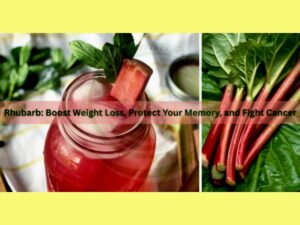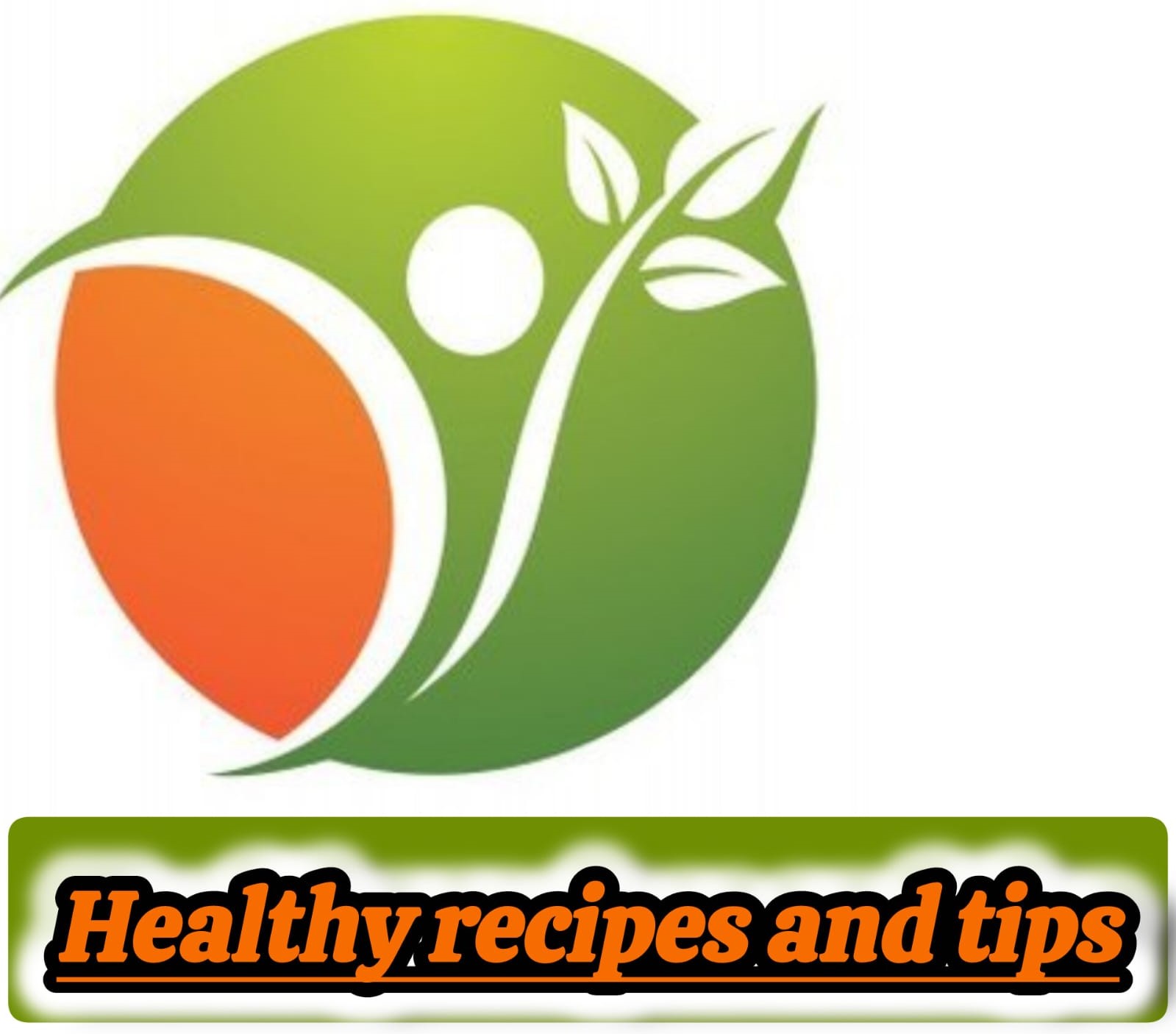
Rhubarb is one of the most nutrient-dense vegetables, yet very few people consume it regularly. Packed with vitamins and minerals, this red stalk offers a variety of health benefits.
Important: Only the stalks of rhubarb are safe to eat. The leaves contain very high levels of oxalic acid, which is toxic. Always discard the leaves and use only the stalks in your recipes and juices.
Key Benefits of Rhubarb
The stalks of rhubarb are rich in vitamins C and K, dietary fiber, protein, and essential minerals like potassium, calcium, manganese, and magnesium. Here are some of the primary benefits:
Supports Weight Loss
Rhubarb is extremely low in calories—just 21 calories per 100 grams. Including rhubarb in your meals throughout the week can help reduce your overall calorie intake while still providing vital nutrients.
Boosts Heart Health
The dietary fiber in rhubarb can help increase your good cholesterol (HDL), while antioxidants support cardiovascular health and may reduce the risk of heart disease.
Aids Digestion
Rhubarb helps regulate bowel movements by adding bulk to your stool. This can reduce bloating, gas, cramps, and even lower the risk of colorectal cancer.
Supports Brain Health
Vitamin K in rhubarb helps prevent the oxidation of brain cells, which may improve cognitive function and reduce the risk of Alzheimer’s disease.
Helps Prevent Cancer
Rhubarb is high in antioxidants that protect against free radical damage. Consuming it fresh maximizes its anti-cancer and tumor-preventing properties.
Rhubarb Juice Recipe
Rhubarb juice is easy to make and a delicious addition to your juicing routine. Treat it like celery when juicing
Ingredients:
8–10 stalks of rhubarb
½ small pineapple
2 carrots
½ lemon
Instructions:
Wash and chop the rhubarb stalks, pineapple, carrots, and lemon.
Juice all the ingredients together.
Serve immediately or store in the fridge for up to 24 hours.
Enjoy this nutrient-packed juice to support weight loss, digestion, heart health, and overall wellness.
